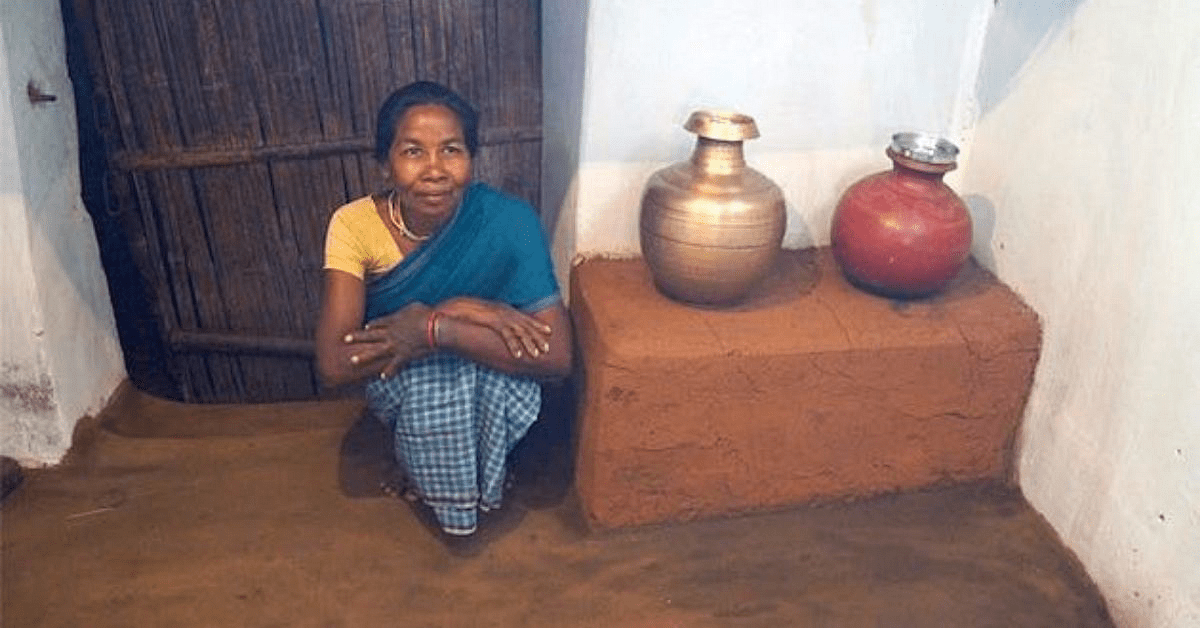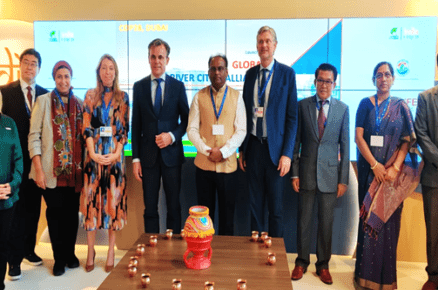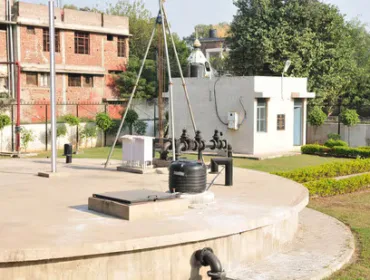People living alongside River Ganga suffer from skin ailments caused by fungus and bacteria. According to Dr. Archana Raichur, scientist fellow at the mechanical engineering department, IIT Kanpur, the main reason for the skin diseases is the contaminated water that people use for consumption or domestic use.
Dr. Archana learned about the issue during her visits to the rural parts of Kanpur. She visited the villages for about four months in 2019 and realised that many villagers, especially women who spent more time in contact with water, were infected the most.
According to Dr. Archana, the residents did visit the doctor for treatment, but, in recent years, the infection had become resistant to the medicines and hardly showed any effect on improving their health.
After almost two years of research, the scientist and Dr. Niraj Sinha conceived a nano adsorbent that is effective in the selective removal of antibiotic and metal resistant bacteria.
The innovative material with unique physicochemical properties enables it to deactivate and separate metallic and antibiotic-resistant bacteria (ARBs) from water. According to Dr. Archana, “In recent times, water contamination with drugs, pharmaceuticals and other toxic substances have increased. Nanoparticles can play a crucial role in trapping these pollutants, invisible to the naked eye and can manage to bypass some of the electronic filters available in the market.
The innovative nano adsorbents overcome challenges found in other water purifiers available in the market. These include degradation of filters due to serum and enzymes, corrosion and non-recyclability.
The innovation is novel and can be used in the existing membrane of a water filter or separately in earthen pots or other water containers. Water filters are expensive, and not everyone can afford them. But the innovative nano adsorbent requires no electricity and can purify water up to 99 per cent.
The purification method works similar to natural water filtration achieved using pebble, sand, humus, a rock placed, one above another. The water is poured into the top layer, which percolates and filters contaminants by the end of the process.
The nano adsorbent works similarly but at nano stages which ensures high purification levels. It also eliminates toxic metals like arsenic and other bacteria that otherwise remain in the water. The purification method deposits the sediments and other organic matter at the bottom. It can be used for domestic purposes or scaled to a commercial level.
According to Dr. Niraj, the nano adsorbent is uniform, cubical, and comes with multiple features. It is eco-friendly, multi-layered, bactericidal, reusable and has no side effects on the human body. The Antimicrobial Resistance (AMR) as observed among the villagers is a concerning public health issue that threatens the treatment of bacterial infections.
The treatment in patients becomes ineffective when parasites, bacteria, fungi and viruses become resistant to the medicines. It increases the risk of fatality and becomes contagious at the community level. It is estimated to cost about 40 per cent cheaper than other water filters offered in the market, he adds.
According to Dr. Archana, talks are under anvil with three companies expressing willingness to collaborate with us for commercialisation.














